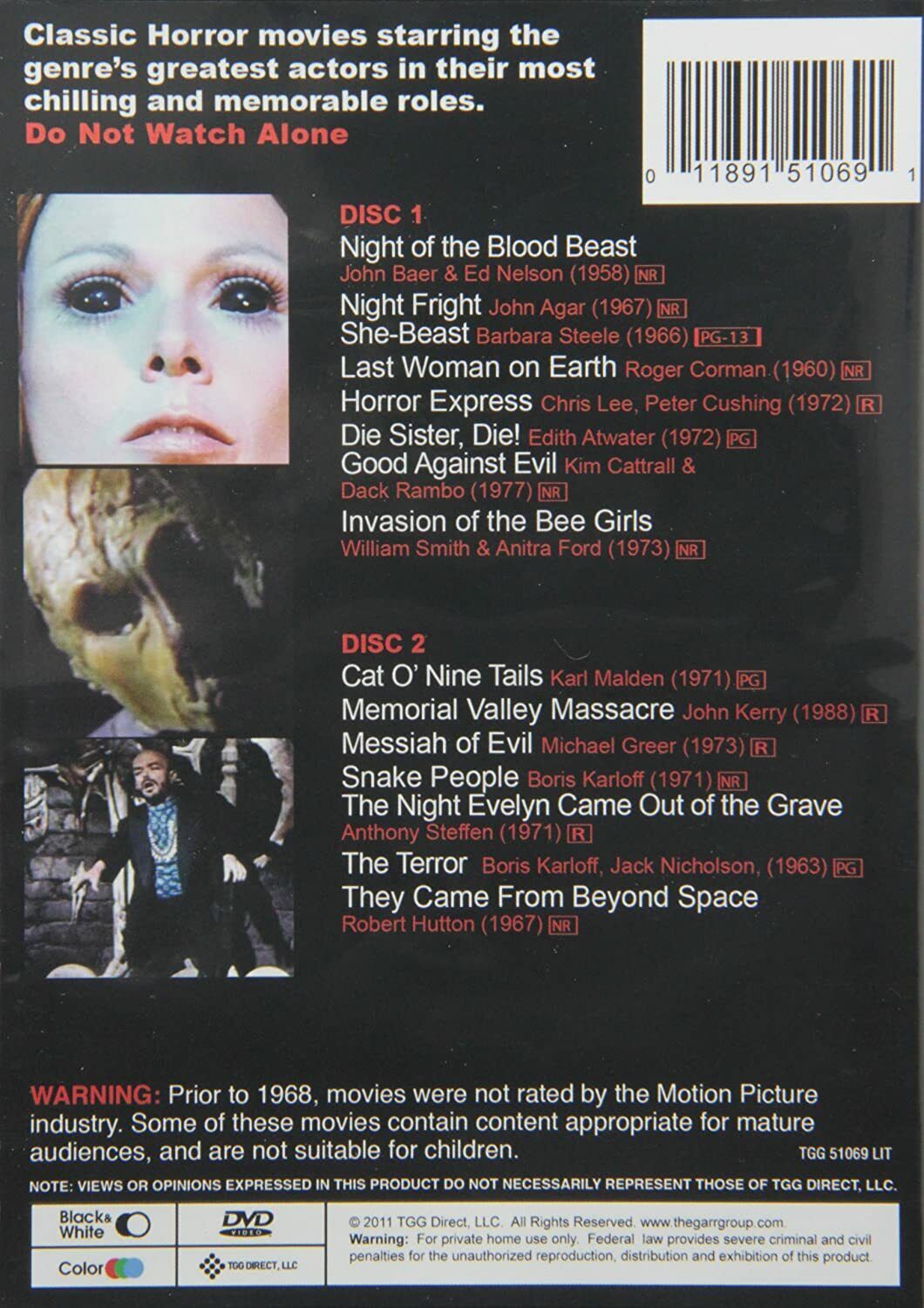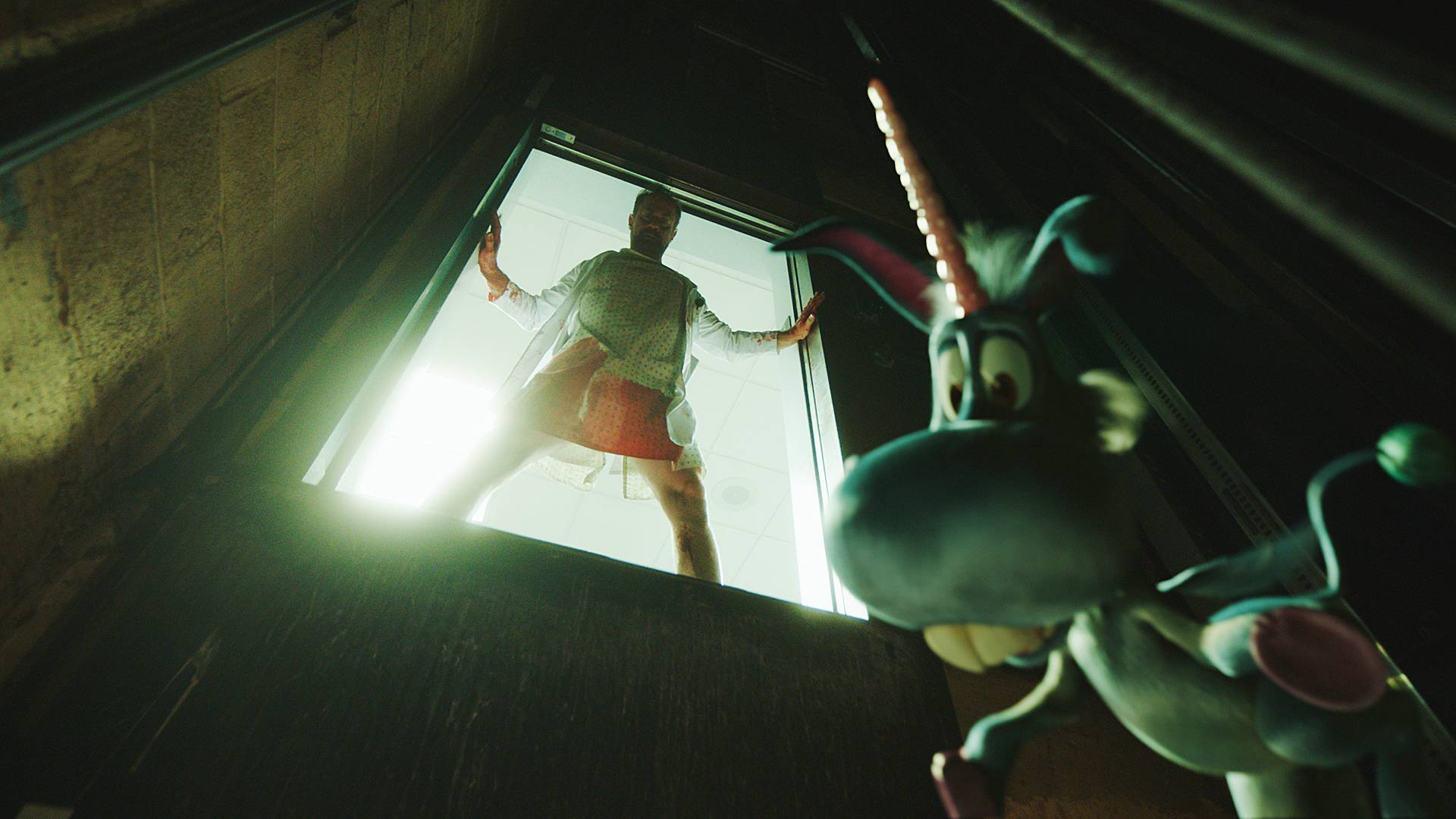
Netflix just released season 2 of Russian Doll. This series is a thought-provoking look at a New Yorker's experience of reliving the same day again and again. This series is like any other good thought experiment. It has its strengths and weaknesses, but the story and characters are well worth the effort. This surreal journey across time and space will delight all millennial videogame fans. Let's take you through some of the most popular.
Matryoshka
A matryoshka russian wooden doll is a collection of smaller-sized wooden dolls. The dolls were traditionally known as little matrons. The dolls were popular in Russia as early as the 18th century. Their names have been changed but they still retain an appealing nostalgic appeal. Their existence is as old and as fascinating as the Russian Empire.

A matryoshka doll is a sight to behold, with each small doll hidden inside the larger one. Most people think of matryoshka toys as decorative pieces. However, they are rarely used for play. These dolls not just evoke memories of classical times but also represent motherhood. These dolls are fascinating! And don't forget to buy a matryoshka for your home!
Aniline dyes are used frequently to color matryoshka dolls. Aniline dye, which has a lighter texture that paint, is similar to watercolor. Artists may use a variety of techniques, including coarse brush hair, threads made from lace or gold leaf. Some examples may be painted using a unique style or paint. They might also have a particular theme such as flowers or religious collections.
Babushka
A matryoshka set is a group of wooden dolls with decreasing sizes. The diminutive form of the Russian female first name, "matryoshka", refers to the dolls. Babushka (or little matron) is the name given the first doll in a set. Babushka is also a Russian word, meaning "little woman."
Babushka dolls are made of one block of wood that is turned fifteen times by hand, with different types of wood exhibiting different expansion-contraction characteristics. They are produced in pairs, with the smallest doll nested inside the larger one. The dolls are not measured during the manufacturing process. We use our eyes to measure. The dolls are then painted, and placed inside one another. The final product is both decorative and functional.

Besides being an important symbol of hospitality, Babushkas have political significance as well. The majority of sets have a portrait of a leader as the largest doll and their predecessors decreasing in size. The smaller dolls may be of Tsars or historically significant people. Andropov does not usually appear due to his short tenure. There are occasionally sets with the current leader as the smallest doll.
FAQ
Are television commercials targeted?
To target an ad, it is essential to find out what people are viewing at the same time.
This means that if you want your message to reach people who watch football on Sunday afternoons then advertise during football games. Advertising during movie times is a great way to reach people who like movies on Friday nights.
You can reach people at dinner by advertising on prime-time TV.
This is the key to understanding what people do with your ads. This means that you have to be able to access data about the programs they are watching.
Data is becoming increasingly available thanks to new technologies like DVRs and streaming video.
But don't forget that every person has his own preferences. So it's impossible to predict exactly which program someone will watch next.
That's why it's important to test different types of ads. Based on real-world feedback you will discover what works the best.
What is the cost of producing a commercial?
Producing a commercial can be expensive. The amount depends on the length of the spot, the number of actors involved, the location where the shoot takes place, etc.
In general , a 30 second commercial costs $20,000-$40,000.
How are TV Ads delivered?
TV ads are typically delivered via cable, satellite or IPTV.
There are many options available today to provide content to consumers. However, it is not common for companies to choose the best way to distribute advertising.
They all consider the same metrics when choosing which delivery method to use.
You will want to ensure that your ads are available on as many platforms as you can, in order to determine if they are effective.
You will want to make sure your ads reach as many eyes as possible if you are evaluating ad effectiveness on the basis of impressions.
The problem is that the two methods do not always match up.
For example, if an advertisement is delivered on multiple platforms but only one platform provides high-quality video then it could result in less views.
You could miss out on great opportunities if all you do is rely on time to measure success.
Statistics
- To get estimated costs for airing a 60-second TV commercial in different regional markets, check out the following figures in this TV ad pricing chart from the media experts at Casual Precision. (fitsmallbusiness.com)
- 93 percent of American adults listen to the radio over the course of the week. (marketingevolution.com)
- In fact, when the ad first launched, Dos Equis quickly became one of the fastest-growing beers, increasing its sales by over 22%. (qualitylogoproducts.com)
- Video-ad views on OTT (over-the-top) devices grew 63% year over year in Q3 2016, and the trend is expected to continue, further crippling traditional TV advertising. (clearcode.cc)
- With OTT ad revenue set to increase from 45% to 60% over the next decade, AdTech pioneers and early adopters of OTT advertising will reap its benefits in the near future. (clearcode.cc)
External Links
How To
How does the TV Advertising Industry function?
The TV advertising industry is made up of many companies who all have to come together to ensure that the adverts are shown on TV at the right time and place for maximum effect. Ads must be relevant and not offend viewers.
The media buying company buys the airtime from the networks. Then, they sell the airtime on to advertisers. This is where you as an advertiser pay for the airtime. You can either buy whole days or specific timeslots.
The media buying company then sends the ad to the network once the airtime has been purchased. The network then shows the ad during its scheduled broadcast time.
If the viewer watches the ad, they may click on the link which takes them to the advertiser's website. The advertiser will pay the media buying company once again if they click on the link.
The process continues up until the advert is done. At the end of the ad break, the media buying company collects its money from the advertiser and passes it onto the network.
Advertising agencies create the ads, and they send them to the media purchasing company. They manage the creative aspects of the campaign.
They also manage creative aspects and communicate with clients regarding the content. They also manage the production of the ad and liaise with the clients about the budget.
They supervise the entire campaign, and keep track.